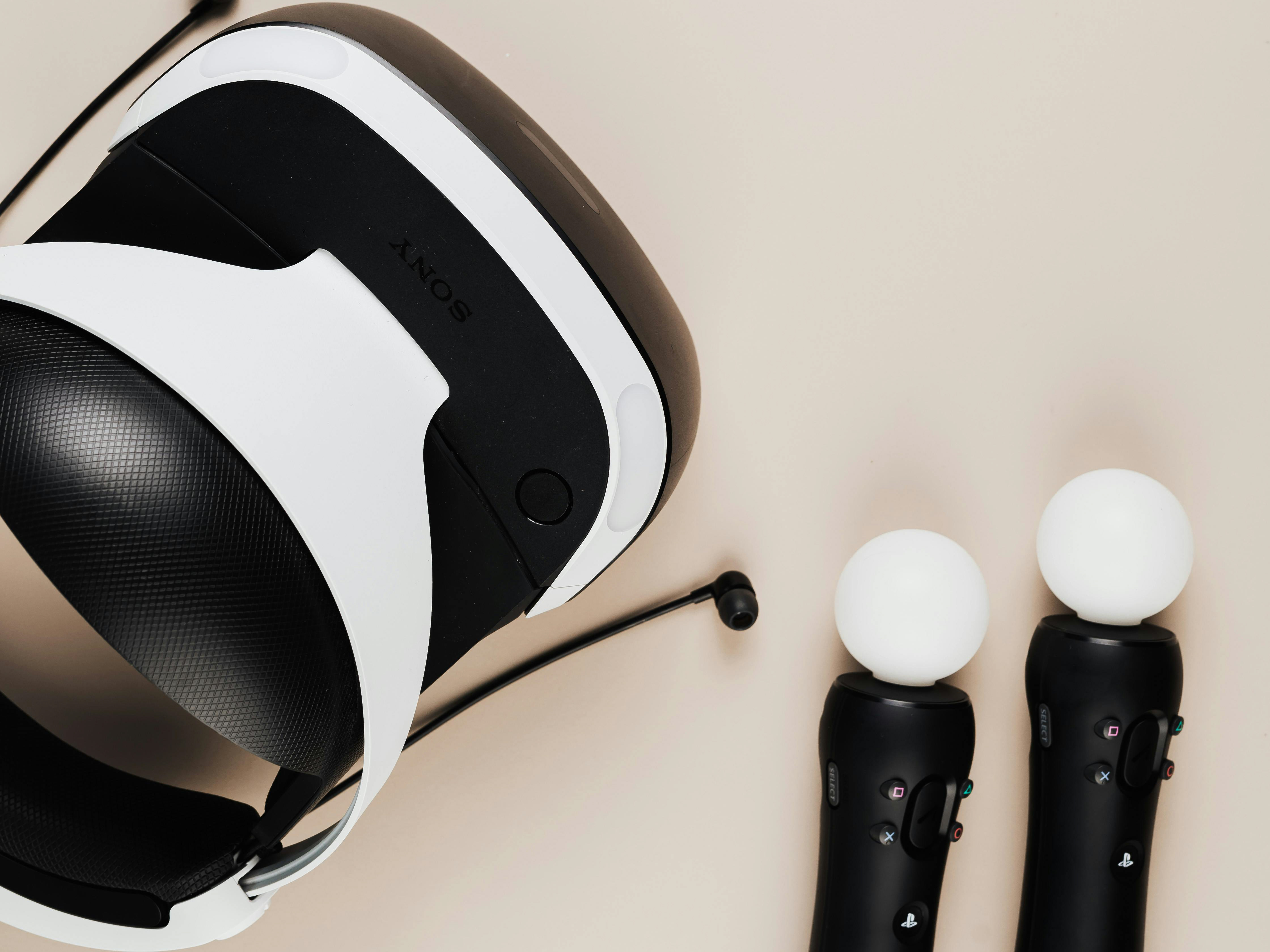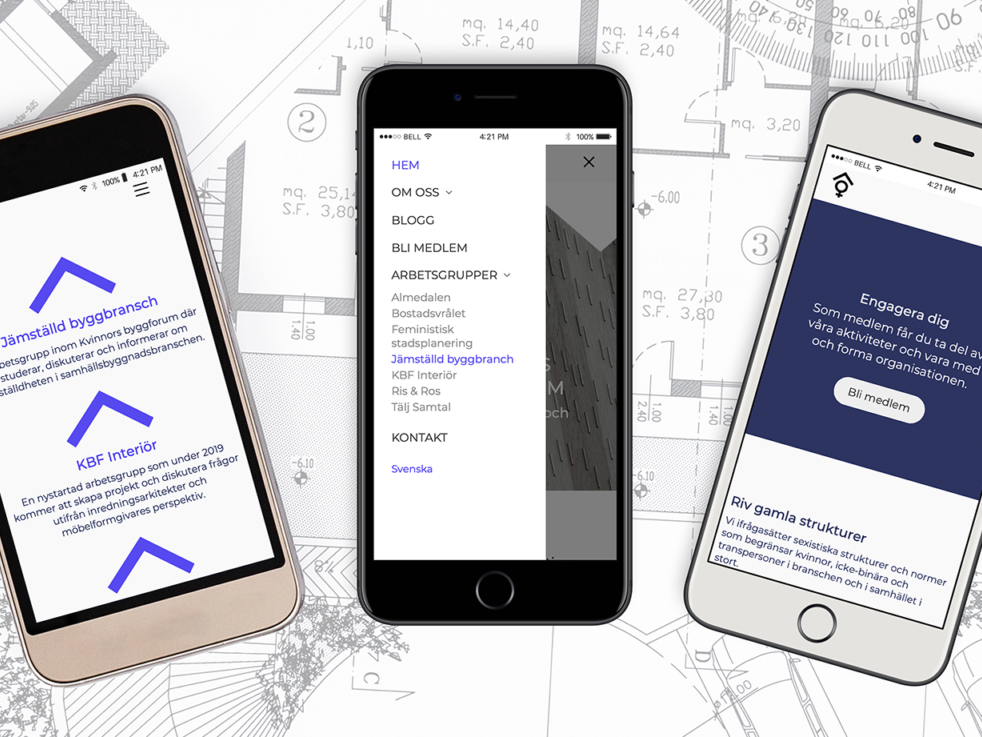Since I started studying for a degree in masters of engineering, I have been interested in exploring the world of interaction design from a mathematical and theoretical perspective. I yearn for a robust foundational theory underneath the CSS, design patterns and usability heuristics. These thoughts have been tumbling around in my head for years, until I just started breaking it down and writing about it.
What emerged is this ongoing project: a personal but rigorous attempt to model UI as a vector field, where meaning, interaction, and structure emerge from perceptual gradients — not components.
In short, I’m exploring how linear algebra and mathematical analysis can be used to define design space as a structured, quantifiable system. By modeling interfaces in this way, I hope to extract meaningful insights — not just through metaphor, but through measurable patterns and relationships that can deepen my understanding of interaction design.
This is not an academic paper (yet). It's a thought experiment that keeps evolving, supported by sketches, models, and design theory.
Tools and experiments
I'm simultaneously developing the theoretical framework and testing its viability through building tools implementing the framework as well as designing empirical tests to really explore what possibilities may arise from working with the framework.
I'm simultaneously developing the theoretical framework and testing its viability through building tools implementing the framework as well as designing empirical tests to really explore what possibilities may arise from working with the framework.
Hopefully I will soon have an exploratory article done enough to put out here.
I’m always looking to connect with other design thinkers, systems designers, or researchers interested in the future of HCI and symbolic interaction models. Email me!







